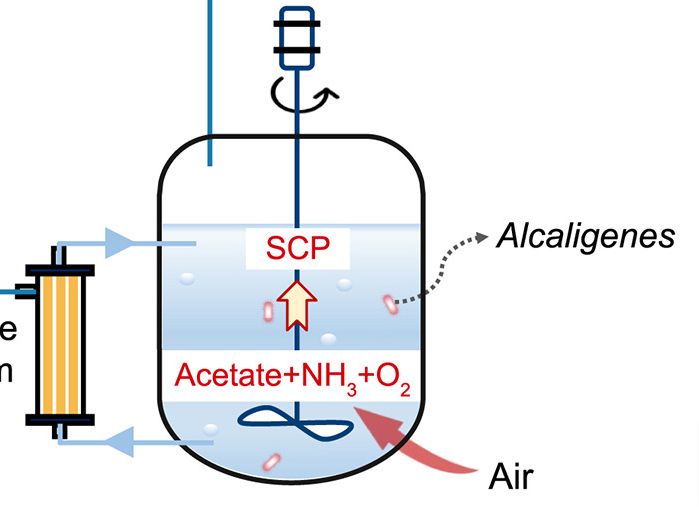Polar Bears population is facing the danger of extinction due to change in climate and continuous melting of ice. The International Union for Conservation of Nature and the U.S. Endangered Species Act lists them as endangered species. As per the latest study, with this change in climate, polar bears who usually used to feed on seal pubs and other marine mammals, have actually started hunting animals that are available on land. This shows when it comes to adapting as per the changing climate, polar bears are far more flexible than previously believed.
A vertebrate biologist at the American Museum of Natural History in New York Linda Gormezano, co author of the study says that polar bears have adapted to include snow geese, caribou and eggs in their diet that are accessible on the land as the sea ice started to melt earlier than usual and began to solidify later during the year. But the scientists are not sure whether this alternative hunting method can counterbalance the negative effect of rapid change in the climate on the polar bears population.
In 2013, Gormezano and her colleagues recorded western Hudson Bay polar bears hunting and eating snow geese while working for the journal Polar Ecology. Later in 2013, while working in the journal Ecology and Evolution, the scientists collected samples of the polar bears stool and compared it with the research done back in 1968 to 1969 when the effect of climatic change on the environment was not drastic.
The analysis showed that 40 years back snow bears hardly hunted snow geese and caribou and goose eggs were not part of the polar bear diet unlike the diet of modern day polar bears. This reveals the fact that the diet of polar bears has changed over the years including different mammals and vegetation such as mushrooms and berries.
Gormezano told LiveScience:
The change occurred, in part, because melting sea ice has brought the polar bears ashore earlier. As a result, they’re starting to overlap the nesting periods of lesser snow geese, giving the bears an opportunity to dine on the birds’ eggs.
However it is not clear whether hunting snow geese or caribou gave same amount of nutrition as compared to that could have been derived from feeding on seals. Moreover there are around 3000 to 5000 caribou available for the bears to feed on, unlike the condition in 1960’s when there were just 100 caribou available for the hunt. But it clearly mark how flexible polar bears are, in adapting to the changing environment surrounding them.
Another researcher Steven C. Amstrup working with Polar Bears International is of the view that the polar bear existence is still under danger due to melting of sea ice and overall change in the climate. The change in diet can definitely provide individual bears with some extra time, but there is no proof that the change in diet can support the bear population altogether in the long run. The the food available at the sea shore are only enough to feed a small population of the grizzly bears. And pushing the bigger polar bears to shore is not a great idea for survival.
The polar bears are discovering ways for themselves to fit and survive in the fast changing environment. But the fact is that if the global warming is not tackled, the world will lost its beautiful mighty beast for ever. There natural habitat i.e. Arctic ice needs to be preserved by reducing the global warming.




